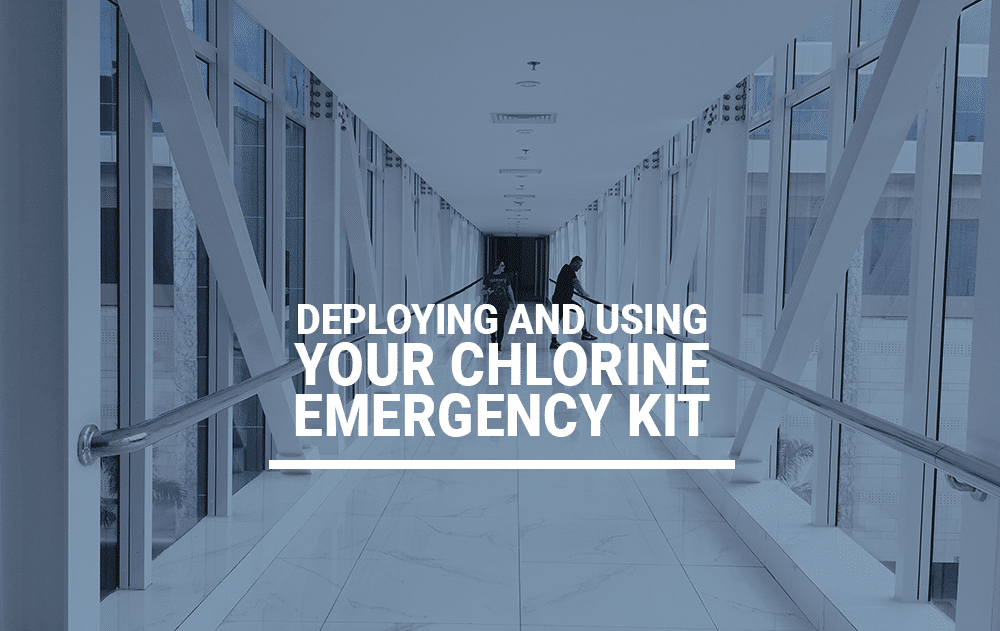Many people may think of pools when it comes to chlorine, but when it’s exposed in an industrial environment, there’s plenty of potential for harm. If inhaled, it can be lethal, as well as cause severe irritation and lung damage. Other potential issues with chlorine gas include burning the eyes as well as irritating the skin. There are first-aid techniques you can use in order to deal with these issues, but the best tactic is prevention. A major part of this is using a chlorine emergency kit in your facilities. Here are some things that you should keep in mind when it comes to chlorine emergency kits.
When it comes to chlorine emergency kits, you have a few different options, so you want to make sure that have the right one. These are generally known as either kits A, B, and C, and can match 150-pound cylinders, railroad cars, and one-ton containers. The main purpose of these is to stop leaks at the various valves and areas where chlorine gas can first leak out. These are generally comprised of a variety of different pieces, including different hand tools, inspection seals, and leak containment devices. Each of these generally has instruction booklets or videos present in order to instruct users on how to use these to contain leaks.
Of course, when it comes to chlorine emergencies, the last thing that you want to do is try to use these the first times in a potentially hazardous situation. This is why you want to take the extra step ahead of time and know exactly who is in charge of deploying your chlorine emergency kit in such a situation. Failing that, make sure you know outside professionals to contact in the event of an emergency.
One other thing that should be mentioned when it comes to using a chlorine emergency kit is that because of its effects on the skin and eyes, you need to have appropriate safety gear when treating a major leak. Historically, firefighters would use firefighter turnouts with petroleum jelly on exposed skin, but there are new ways to tackle this issue. Modern standards require that you wear both a self-contained breathing apparatus and full Level A selective clothing when entering an environment with chlorine. The good news is that after you deal with the leak, it’s unlikely the gas will linger on protective clothing.
Chlorine emergencies can not only be a major danger to both the environment and your employees in your facility. This means that it’s extremely important that you not only work on the procedure to minimize the chance of this happening but also in the tools and techniques that can minimize potential risk when one does take place. Using your chlorine emergency kit effectively is a major part of this to detect potential issues.
When it comes to emergencies like these, you want to invest in what’s both reliable and cutting-edge. This means using products from Chemtech International. Chemtech is a family-run business with 30 years of experience helping companies around the world with environmental compliance and safety through detection equipment and more.
